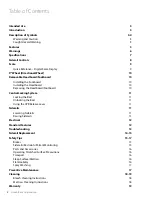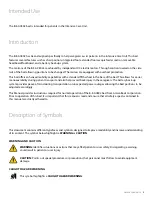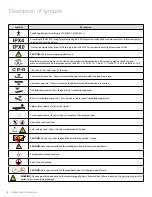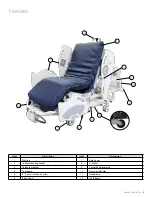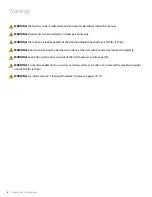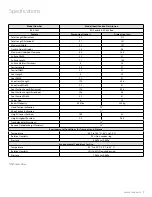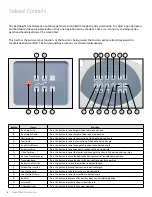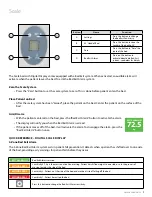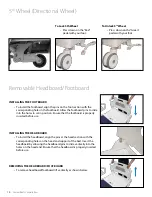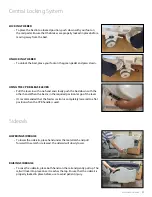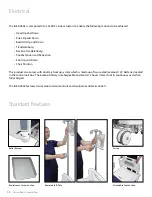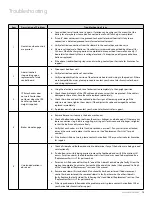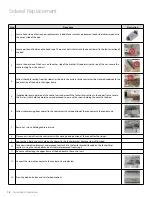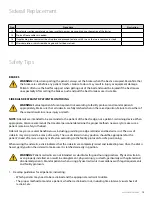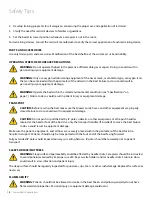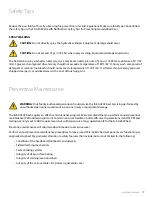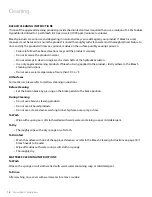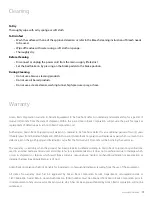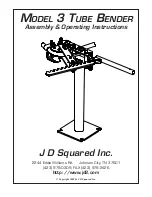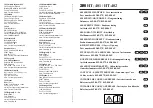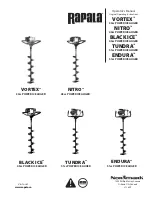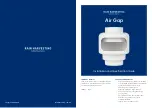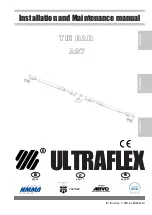
www.amico.com
15
Siderail Replacement
Step
Procedure
Illustration
14
Raise fowler section completely up to ensure that no wires are caught during the motion of the fowler.
15
Zip tie all loose cables as needed.
16
If applicable, place control unit back in place and proceed to close with 4 screws that were removed in step 5.
17
After completion, switch siderail on again and test bed motions.
Safety Tips
BRAKES
WARNING:
Unless transporting the patient, always set the brakes when the bed is occupied. Reconfirm that
the brakes are set before any patient transfer. Failure to do so may result in injury or equipment damage.
Patients often use the bed for support when getting out of the bed and could be injured if the bed moves
unexpectedly. After setting the brakes, push and pull the bed to make sure it is stable.
SIDERAILS/RESTRAINTS/PATIENT MONITORING
WARNING:
Evaluate patients for entrapment risk according to facility protocol and monitor patients
appropriately. Make sure that all siderails are fully latched when in the raised position. Failure to do either of
these could result in serious injury or death.
NOTE:
Siderails are intended to be a reminder to the patient of the bed’s edge, not a patient-restraining device. When
appropriate, Amico recommends that medical personnel determine the proper methods necessary to make sure a
patient remains safely in the bed.
Siderails may serve several beneficial uses including providing an edge reminder and bed exit assist. The uses of
siderails may also provide a sense of security. The use of siderails in any position should be appropriate for the
patient’s need, after assessing any risk factors according to the facility protocols for safe positioning.
When raising the siderails, a click indicates that the siderails are completely raised and locked in place. Once the click is
heard, gently pull on the siderail to make sure it is latched correctly in position.
WARNING:
Patient restraints are not intended as substitutes for good nursing practices. Physical restraints,
even properly installed, can result in entanglement, physical injury, or death, particularly with agitated and
disoriented patients. Monitor patients when using physical restraints in accordance with legal requirements
and facility protocols.
1. Develop guidelines for all patients, indicating:
• Which patients may need to be restrained and the appropriate restraint to utilize.
• The proper method to monitor a patient, whether restrained or not, including time interval, visual check of
restraint, etc.


